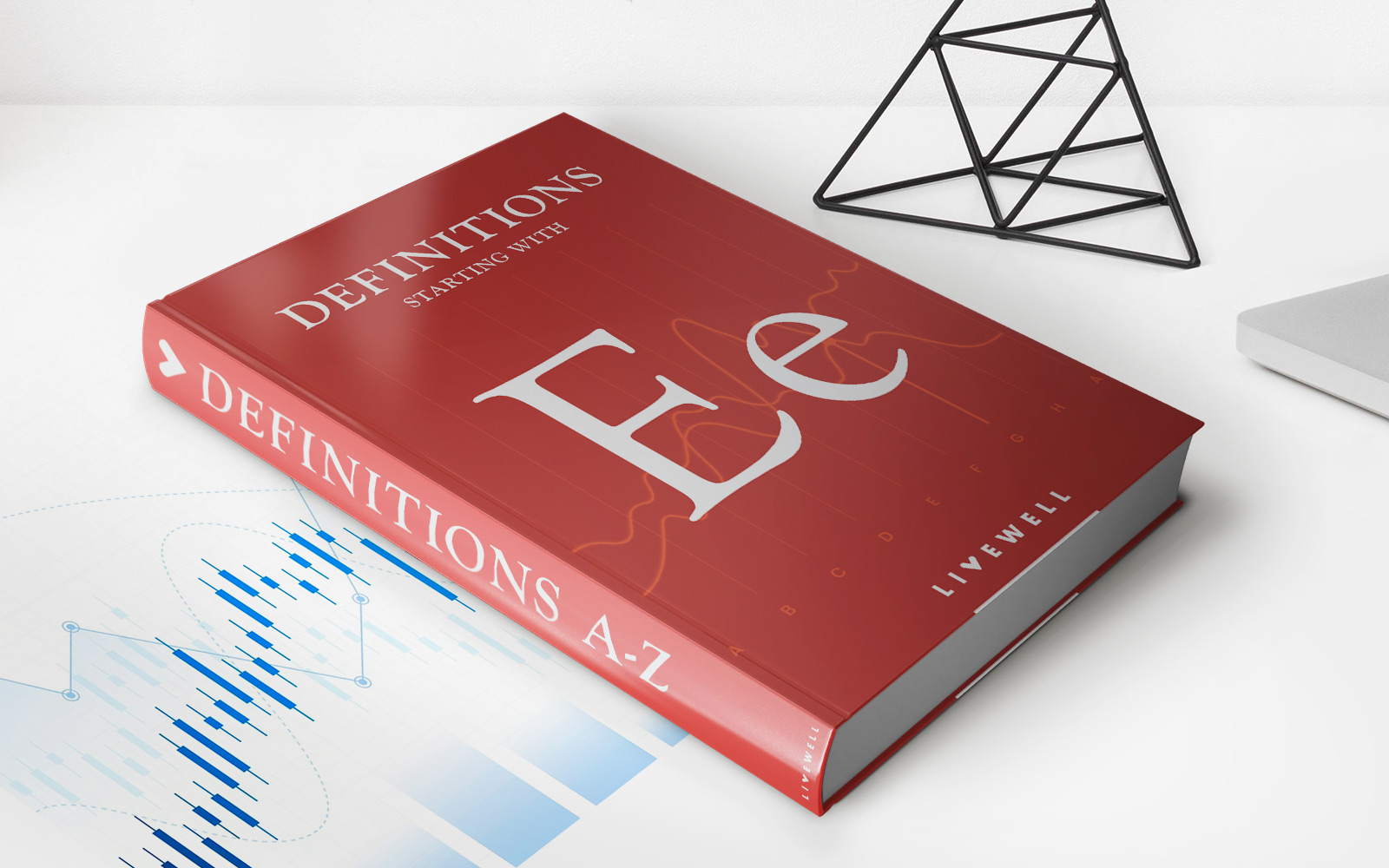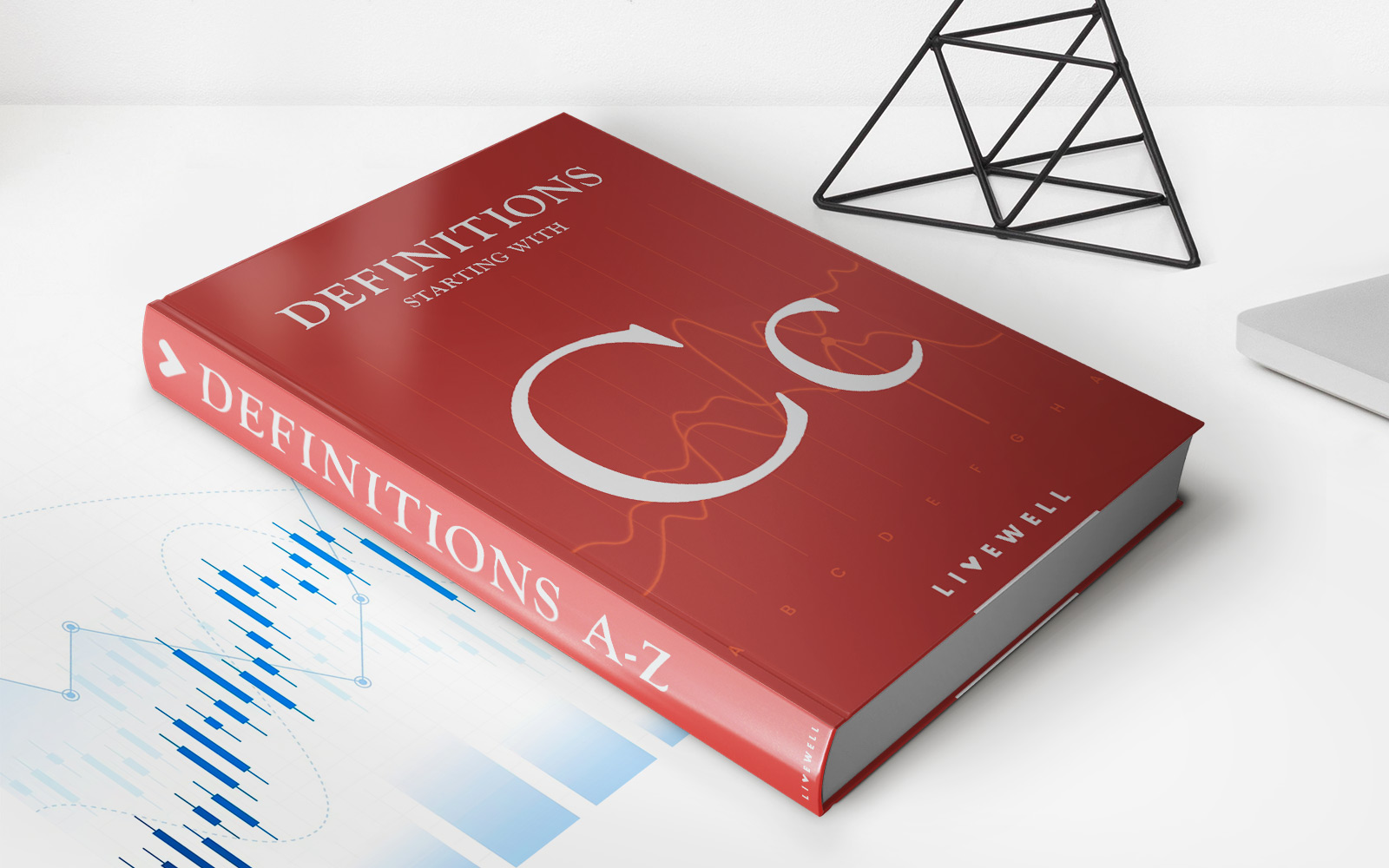

Finance
Navigating the European Investment Landscape
Published: February 26, 2024
Explore the unique investment opportunities in Europe, from regional dynamics and regulations to emerging markets and tech innovations.
(Many of the links in this article redirect to a specific reviewed product. Your purchase of these products through affiliate links helps to generate commission for LiveWell, at no extra cost. Learn more)
Table of Contents
Investing in Europe presents a unique tapestry of opportunities, woven together by diverse regional market dynamics, complex regulatory environments, and emerging opportunities that beckon savvy investors from around the globe. This continent, rich in history and culture, is equally vibrant in its investment offerings, providing a fertile ground for those looking to diversify their portfolios and tap into new growth avenues. Whether you’re a seasoned investor or navigating the market with an investing for dummies guide in hand, understanding the nuances of the European investment landscape is crucial for success.
Introduction: Why Europe?
Europe’s investment landscape is as varied as its cultures. From the bustling financial hubs in London and Frankfurt to emerging markets in Eastern Europe, the continent offers a broad spectrum of investment avenues. But what makes Europe uniquely appealing to investors? It’s the blend of established economies with robust financial systems and emerging markets ripe for growth. This mix provides a balanced field for applying investment analysis techniques, leveraging a rich spectrum of assets from equities to real estate, and everything in between.
Understanding the European Market Dynamics
Regional Variations
Investing in Europe is not a monolithic experience. The continent is segmented into various regions, each with its distinct economic health, market maturity, and investment potential. For instance, Western Europe is characterized by its well-established, stable markets with lower risk and steady returns. Contrastingly, Eastern Europe offers higher growth potential, albeit with increased volatility and risk.
- Western Europe: Focus on stable, mature markets with a preference for low-risk investments.
- Eastern Europe: Look for high-growth opportunities, keeping an eye on geopolitical and economic stability.
Regulatory Landscapes
One of the key challenges when navigating the European investment landscape is its complex regulatory environment. The European Union (EU) has stringent regulations that aim to protect investors and ensure market stability. However, these regulations can vary significantly from one country to another, affecting everything from how to invest in European stocks to compliance requirements for foreign investors.
- EU Regulations: Understand the overarching EU directives governing investments.
- Local Regulations: Dive into country-specific rules and regulations that may affect investment strategies.
Investment Opportunities in Europe
Emerging Markets
Emerging markets in Europe are a beacon for investors looking for growth. Countries like Poland, Hungary, and the Czech Republic have shown significant economic progress, supported by political stability and favorable investment policies.
- Growth Potential: Capitalize on the high growth rates in these regions.
- Diversification: Use these markets to diversify your investment portfolio beyond the traditional markets.
Technology and Innovation
Europe is at the forefront of technological innovation and sustainability, offering unique investment opportunities in these sectors. The push towards green energy, fintech, and biotech sectors opens new avenues for investors to explore.
- Sustainable Investing: Leverage Europe’s leadership in sustainability and renewable energy.
- Tech Startups: Invest in Europe’s booming tech startup scene, focusing on fintech, healthtech, and greentech.
Crafting Your Investment Philosophy
Your investment philosophy is a compass guiding your investment decisions. In the European context, this philosophy should be flexible enough to navigate the continent’s diverse markets yet robust to withstand its economic fluctuations.
- Risk Management: Understand and manage the risks associated with investing in different European markets.
- Market Analysis: Keep abreast of market trends and economic indicators that affect investment opportunities in Europe.
Practical Tips for Investing in Europe
How to Invest in European Stocks
Investing in European stocks requires a nuanced approach. Here’s a streamlined process to get started:
- Research: Conduct thorough investment analysis on potential stocks, considering the company’s fundamentals, market position, and growth potential.
- Brokerage Account: Choose a brokerage that offers access to European markets. Some platforms specialize in international trading, offering a seamless experience for investors outside Europe.
- Diversification: Don’t put all your eggs in one basket. Diversify your investments across different sectors and regions within Europe.
Navigating Currency Risk
Investing across borders introduces currency risk. The fluctuation in exchange rates can significantly impact your investment returns. Hedging strategies and careful monitoring of currency trends can mitigate these risks.
- Currency Hedging: Use financial instruments like options and futures to protect against currency fluctuations.
- Exchange Rate Monitoring: Keep an eye on currency trends that can affect the value of your investments.
Conclusion: The European Investment Journey
The journey through Europe’s investment landscape is both challenging and rewarding. With a blend of mature and emerging markets, the continent offers a rich array of opportunities for those willing to explore its depths. Whether you’re taking your first steps or you’re a seasoned investor, Europe’s diverse markets offer a canvas to paint your investment story. The key to success lies in understanding the unique market dynamics, navigating the regulatory environments, and seizing the emerging opportunities that Europe uniquely offers.
Remember, investing in Europe is not just about analyzing numbers and trends; it’s about understanding the cultural and economic fabric that shapes these markets. With the right approach, Europe can be a rewarding addition to your investment portfolio, offering a blend of stability, growth, and diversity.














